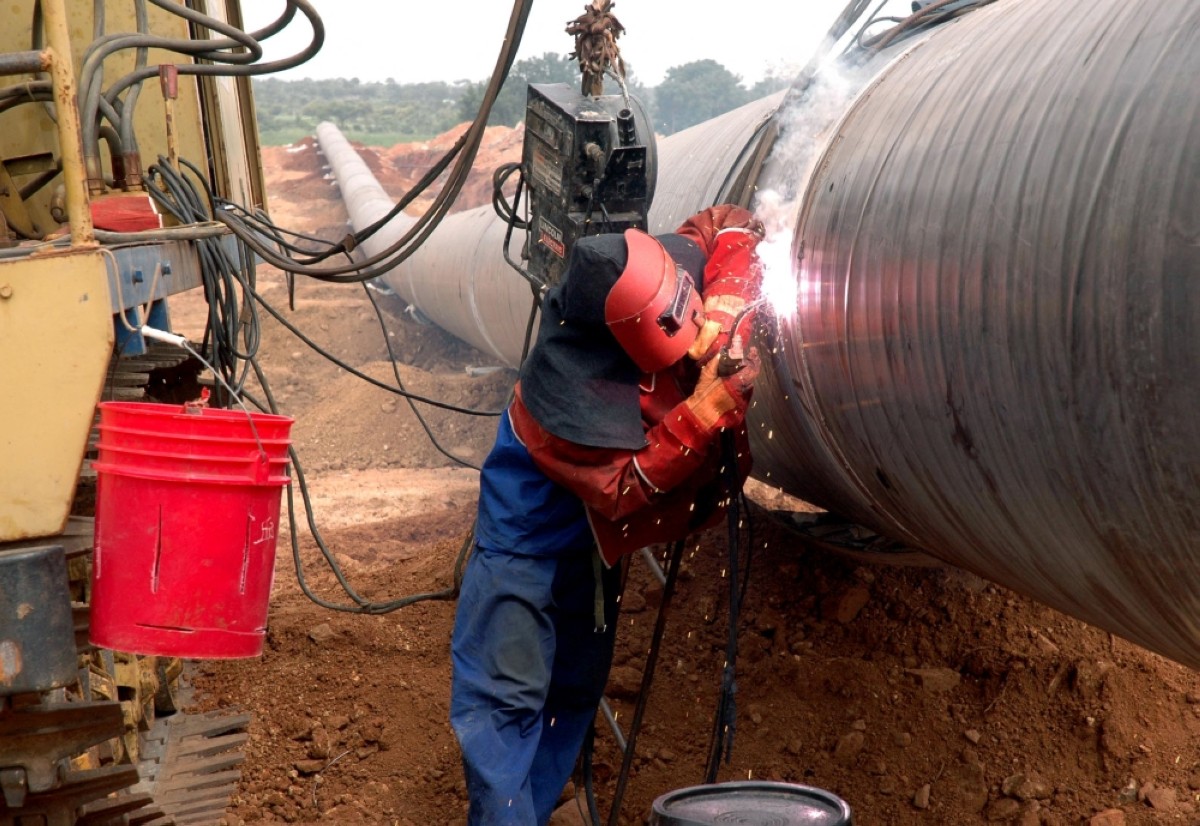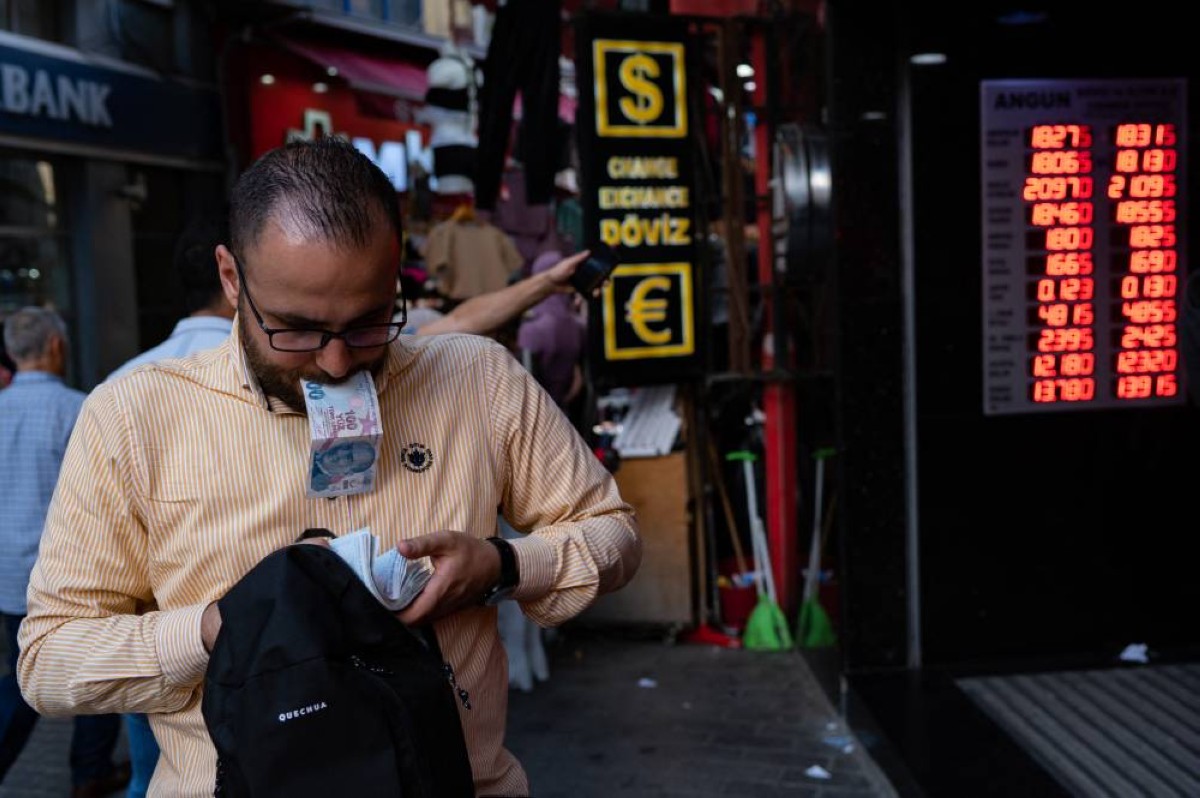Kuwait’s domestic credit flat in Q3
KUWAIT: Kuwait’s domestic credit was flat in Q3, keeping the YTD increase at a muted 0.8 percent (+1.7 percent y/y).

The weakness in Q3 was mainly driven by business credit while household credit showed initial signs of a turnaround. Looking ahead, business credit growth has historically been the weakest in the fourth quarter of the year. Nevertheless, overall credit growth should improve next year on the back of a very weak 2023, sharp improvement in project awards that is already being witnessed this year, ongoing job gains among Kuwaitis, and as the shock from higher interest rates is somehow absorbed.
Business credit decreased by 1 percent q/q translating into YTD growth of only 0.6 percent. This follows a strong 6.8 percent growth in 2022, the fastest annual expansion since 2013. Sector-wise, wide differences continued to be the case with “construction” and “trade” maintaining their solid expansion while all other main sectors were in the red. From a YTD perspective, “construction” and “trade” are up by 10percent and 8.2 percent, respectively, while “other services”, “oil/gas”, and “industry” are in negative territory.
Real estate, the heavyweight sector with a 41 percent share, is broadly flat YTD. Looking ahead, growth should improve with the weak 2023 naturally opening room for a better performance in 2024, especially with the ongoing improvement in project awards, which are up by more than 300 percent y/y in the first nine months of 2023 although from a low base last year.
On the other hand, the growth in household credit improved to 0.9 percent q/q after being nil for two consecutive quarters, resulting in a 1 percent YTD increase, a major slowdown compared with the 9 percent recorded in 2022. For 2024, household credit growth should improve given ongoing job gains among citizens (+1.5 percent YTD in 1H2023), salary increments, and as the pressure on debt burden ratios from higher interest rates is somehow absorbed. On a y/y basis, total credit is up by 1.7 percent through September (household +2.5 percent, business +0.4 percent).
Deposit growth weakened sharply, dragged down by private-sector and public-institution deposits. Resident deposits decreased for four consecutive months and are down by 1 percent in Q3, pulling down the YTD increase to a lackluster 0.9 percent (+1 percent y/y).
This was driven by private-sector and public-institution deposits, which fell in Q3 while government deposits continued to creep higher. YTD, private-sector deposits are up by 1.4 percent, government deposits soared by 25 percent while public institutions’ deposits fell by 14 percent. Within private-sector KD deposits, and for the sixth consecutive quarter, growth in time deposits (+2.3 percent q/q) outpaced that of CASA (-5.5 percent). In fact, since March 2022, when interest rate-liftoff commenced, time deposits are up by 31 percent while CASA is down by 16 percent. Market expects hiking cycle is done while the dot-plot calls for a final 25 bps hike; both expect cuts in 2024.
Finally, the Central Bank of Kuwait has hiked the discount rate by a cumulative 2.75 percent since March 2022, compared with a cumulative 5.25 percent increase by the Fed. While the Fed’s most recent dot-plot (September) indicates one final 25 bps hike before year-end, current futures market pricing indicates that the hiking cycle is done. Both the dot-plot and market-implied pricing point to rate cuts in 2024.











